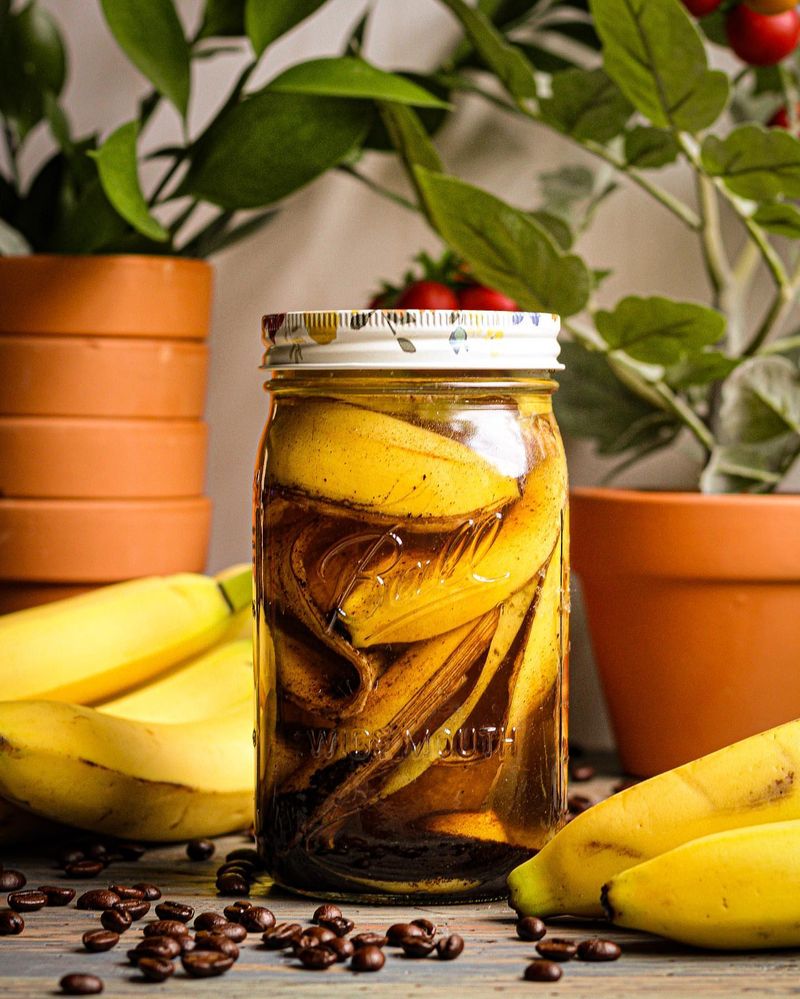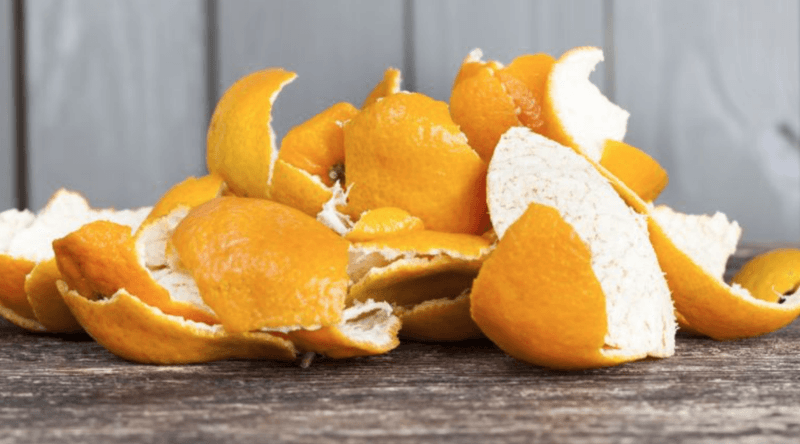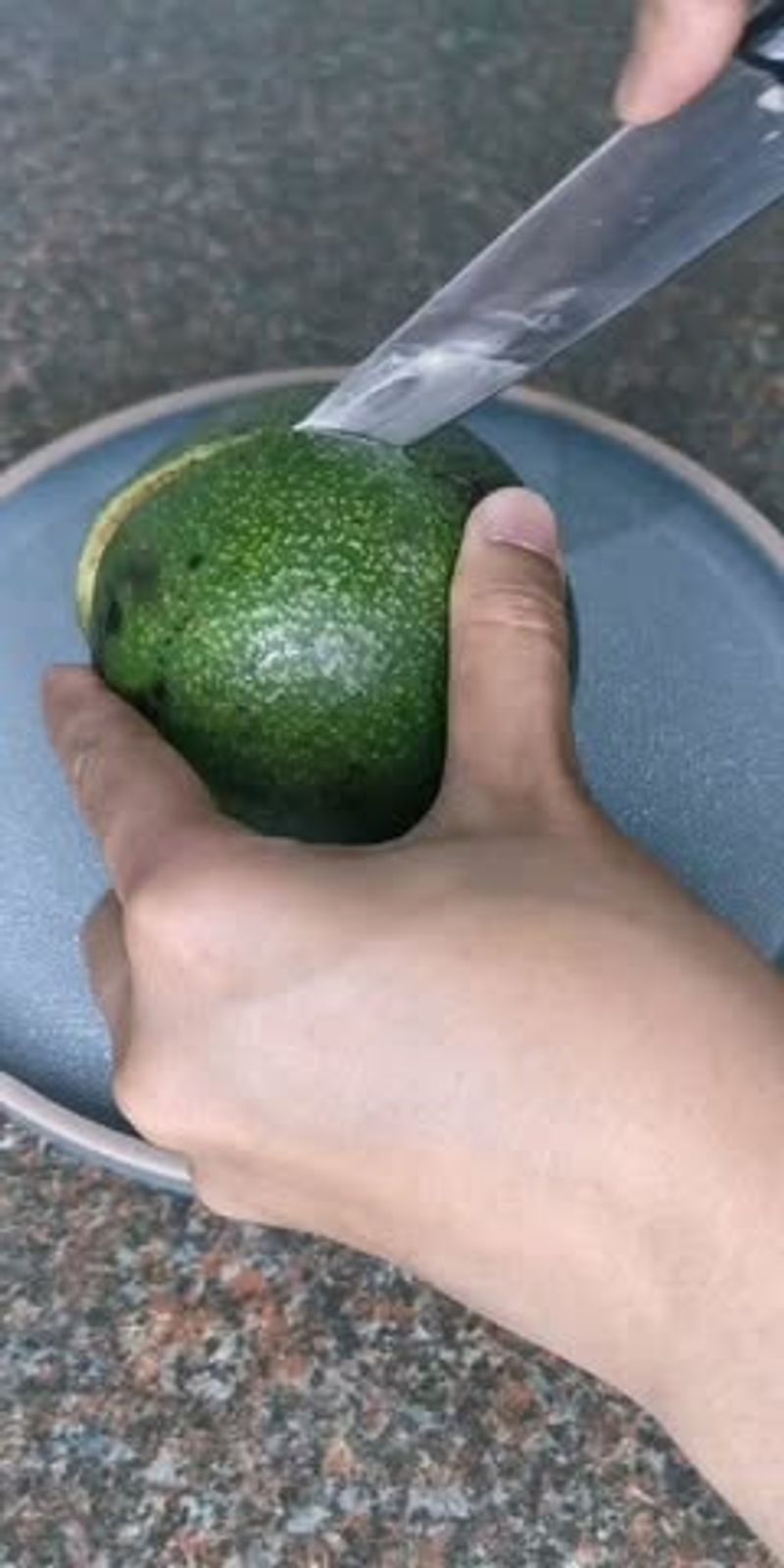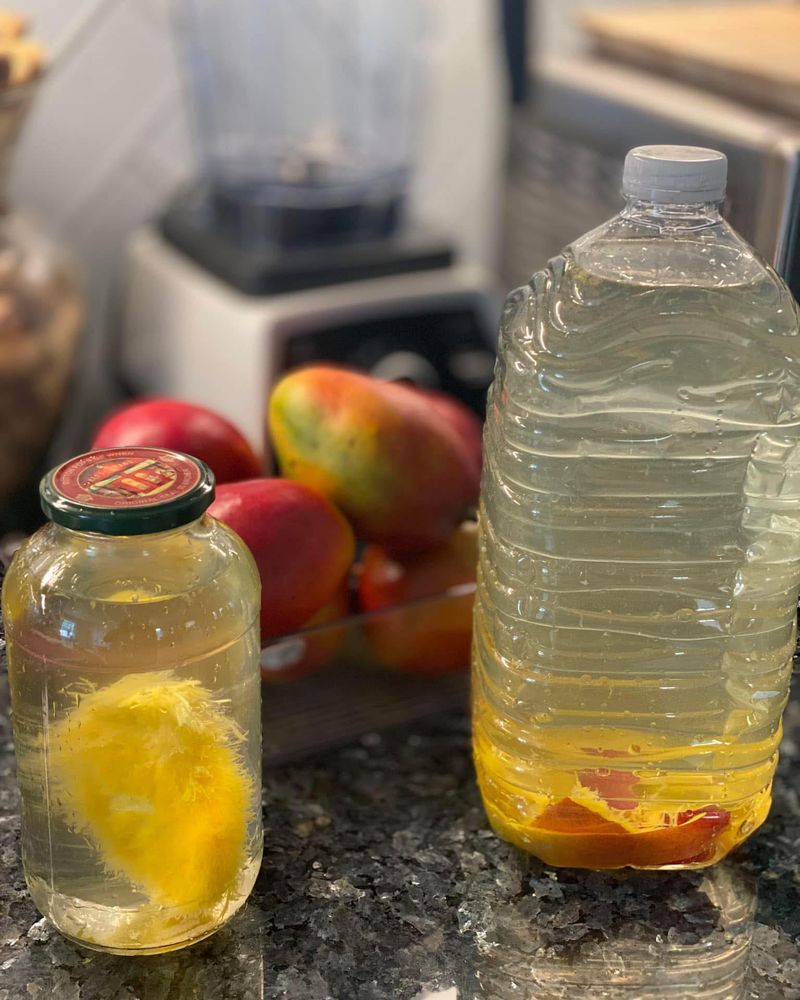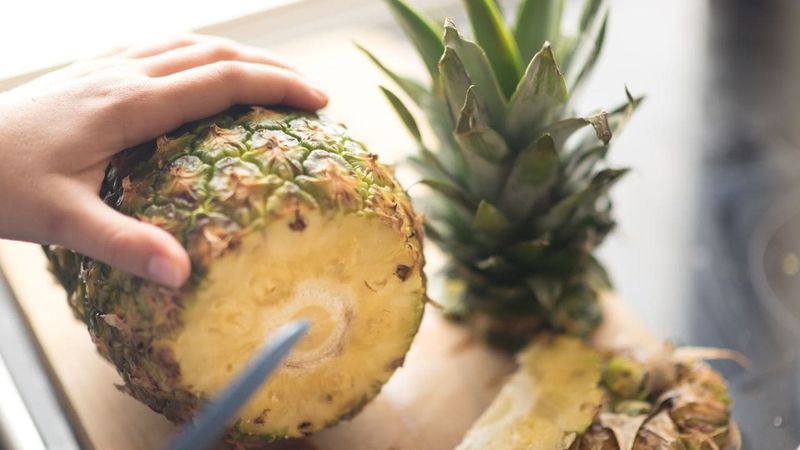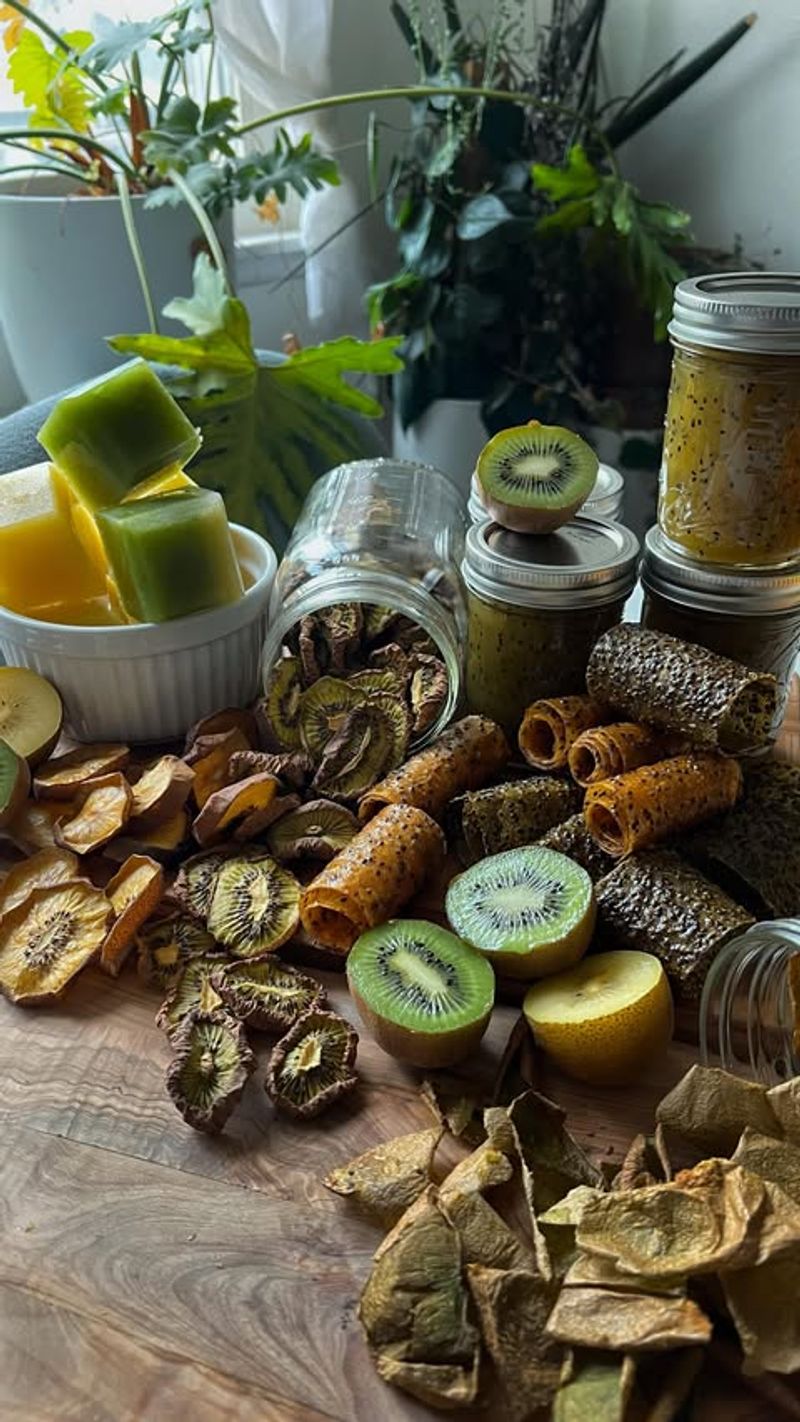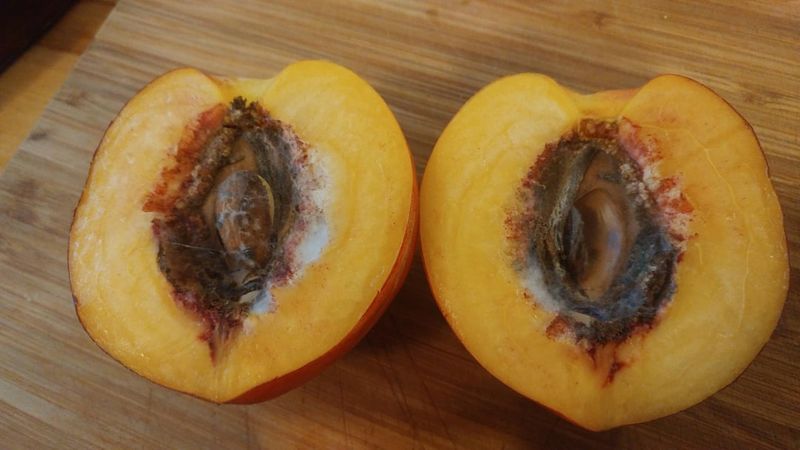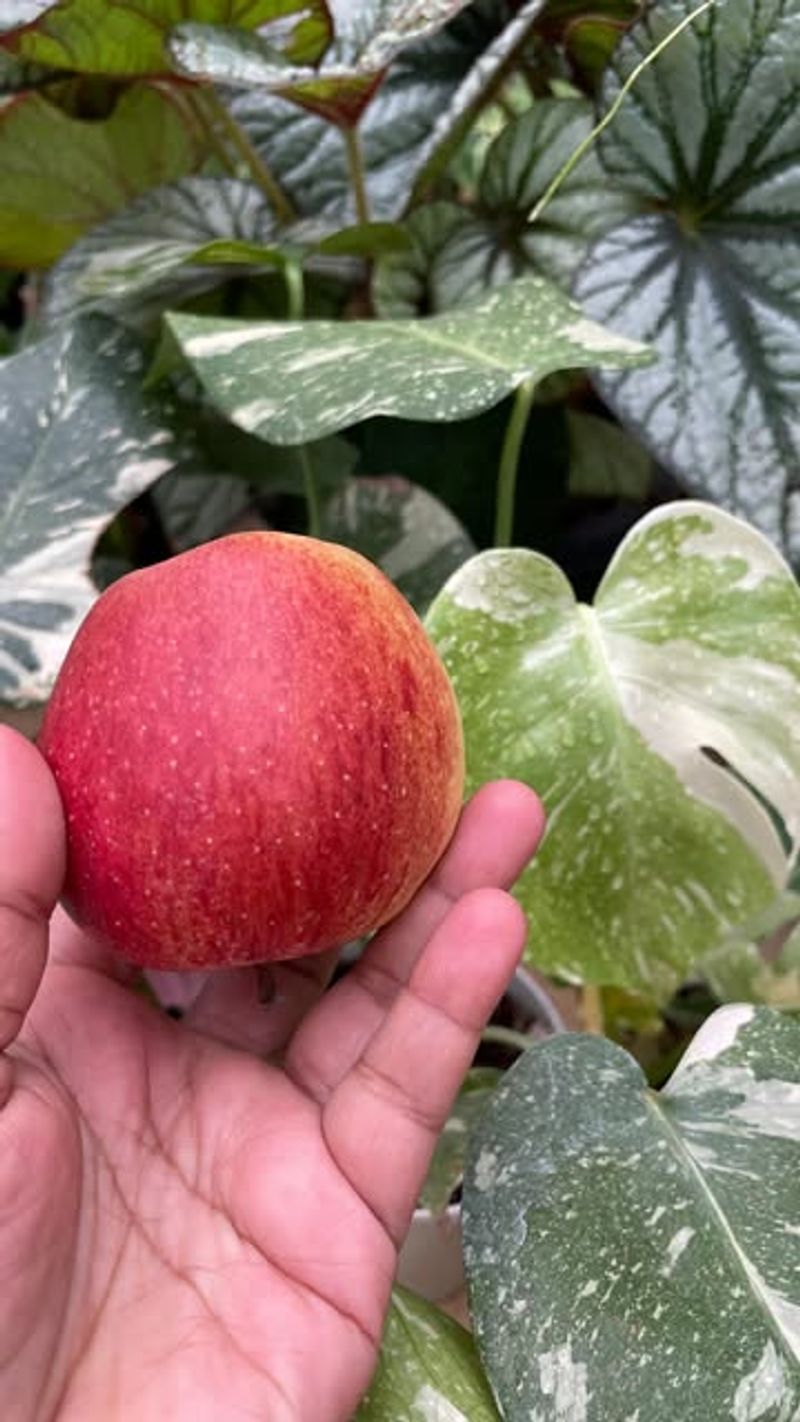Southern gardeners know that healthy plants don’t always need fancy, store-bought fertilizer. Sometimes, the best boost comes from your kitchen scraps.
Fruit peels are a simple way to feed your garden and cut down on waste. In our hot, often humid Southern climate, these natural additions break down quickly and enrich the soil. They improve structure, add nutrients, and keep your garden thriving all season long. It’s a win-win for plants and the planet.
Not all peels are created equal, though—some work better than others. Let’s dig into which fruit peels give Southern gardens the biggest benefits.
1. Banana Peels
Every gardener I know keeps banana peels for their rose bushes. Rich in potassium and phosphorus, these yellow treasures help flowering plants produce bigger, more plentiful blooms.
I’ve found they work wonders for peppers and tomatoes too, which thrive in our long Southern growing season. Simply bury chopped peels near the plant roots.
The high potassium content also helps plants withstand our summer heat waves and resist disease—something particularly valuable when dealing with Georgia’s humid summers.
2. Citrus Rinds
Contrary to some gardening myths, citrus peels can benefit your Southern garden when used correctly. They add acidity to soil gradually, making them perfect for acid-loving plants like azaleas and blueberries that thrive across the South.
My grandmother taught me to dry and grind them first. This speeds decomposition and prevents mold issues in our humid climate.
The oils in these peels also naturally repel many common garden pests like aphids and ants that plague Southern gardens during warm months.
3. Watermelon Rinds
Summer picnics in Alabama leave us with plenty of watermelon rinds that make excellent garden additions. The rinds contain beneficial nutrients and hold moisture in the soil—helpful during our scorching summer days.
Chop them into small pieces and work them into garden beds before planting. By summer’s peak, they’ll have broken down completely.
I’ve had particular success using them around moisture-loving plants like cucumbers and squash, which seem to appreciate the extra humidity these rinds provide as they decompose.
4. Avocado Skins
Those leathery avocado skins most folks toss actually make fantastic fertilizer for Southern gardens. They break down slowly, releasing nutrients gradually through our extended growing seasons.
Cut them into smaller pieces first to speed decomposition. The natural oils help improve soil structure in our clay-heavy Southern soils.
Last year I added them around my okra plants, which subsequently produced their best harvest ever. The skins’ potassium content seems to help vegetables thrive in our hot climate.
5. Mango Peels
After enjoying sweet mangoes during summer, those colorful peels can nourish your flowering plants. They contain nitrogen and magnesium that promote lush growth in ornamentals common in Southern landscapes.
Bury them deep enough to avoid attracting fruit flies, which can be persistent in our warm climate. My Mississippi neighbors always comment on my vibrant hibiscus fed with mango peel tea.
Simply steep chopped peels in water overnight, then use the resulting liquid to water plants during our dry spells. The nutrients absorb quickly, giving plants a visible boost.
6. Pineapple Tops And Skins
Pineapple remains work wonders in Southern gardens, especially for plants that prefer acidic soil. The rough exterior breaks down to improve drainage in our sometimes heavy soils.
After a summer barbecue, I collect the scraps and create a simple compost tea. Our Louisiana soil tends to become compacted during heavy rain seasons, and this helps loosen things up.
Bromeliads and other tropical plants that grace many Southern patios respond particularly well to this treatment, perhaps recognizing nutrients from their botanical cousin.
7. Kiwi Skins
Those fuzzy kiwi peels might seem insignificant, but they pack a powerful punch in the garden. Their quick decomposition rate makes them ideal for our fast-growing Southern summer vegetables.
During spring planting in Tennessee, I work them directly into the soil. The seeds inside often sprout, which I simply pull as a form of green manure.
Garden herbs like basil and mint seem especially responsive to kiwi peel additions, developing stronger stems and more aromatic oils—perfect for when you’re making sweet tea and need fresh mint!
8. Papaya Skins
Papaya peels contain enzymes that help break down proteins in the soil, making nutrients more available to plants. This makes them particularly valuable in older Southern gardens where soil may be depleted.
After enjoying this tropical fruit, I blend the peels with water and use it as a soil drench around my roses. The Carolina clay in my backyard has never produced such healthy plants.
An added benefit: the natural compounds seem to deter nematodes, those microscopic pests that plague many Southern gardens, especially where tomatoes are grown year after year.
9. Peach And Nectarine Pits
Living in Georgia, peach pits are plentiful in summer. While not technically peels, these fruit remnants slowly decompose, releasing nutrients and improving soil structure in raised beds.
Crush them slightly before adding to speed decomposition. I scatter them throughout my garden in fall, allowing winter rains to leach their nutrients downward.
By spring planting time, they’ve softened considerably. My grandmother swears peach pits have helped her grow the best okra in three counties—and after trying her method, I’m inclined to agree!
10. Apple Peels
After making apple pie, those thin peels become garden gold. They decompose quickly in our warm Southern climate, adding beneficial bacteria to the soil ecosystem.
The natural pectin helps improve soil structure, something particularly beneficial in the sandy soils of coastal Florida and parts of Texas. During autumn apple season, I collect neighbors’ peels too.
Root vegetables like sweet potatoes—a Southern staple—seem to develop better when grown in beds amended with apple peel compost. The trace minerals support healthy underground growth in our long growing season.


